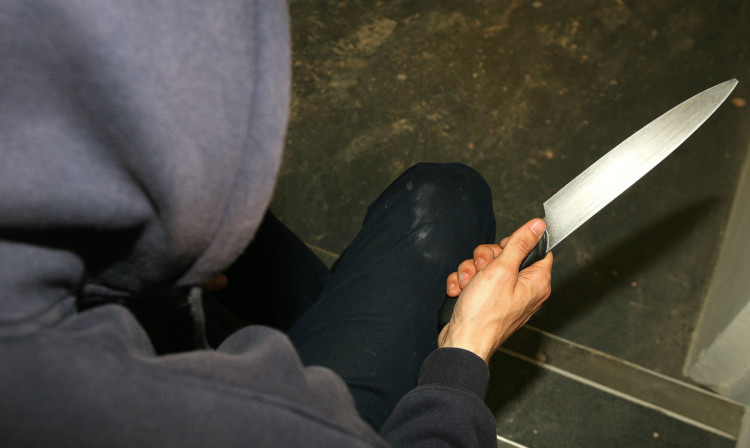
The Scottish Parliament and other public bodies are being urged to use anti-stab knives in their own kitchens to help tackle Scotland’s blade culture.
Experts say Holyrood, local authorities and other public bodies could lead cultural change by compelling catering contractors to use the specially-designed knives which are “safer than wearing a police anti-stab vest”.
Kitchen knives are often used to inflict injuries and are frequently identified as murder weapons at trial. Doctors and campaigners believe a cultural shift towards the harm reduction blades could help reduce the number and extent of potentially fatal injuries inflicted.
Dr John Crichton, who is chairman of the Royal College of Psychiatry in Scotland, said: “If people could start to look at knife control in the same way they look at gun control, they would see that this is a common sense measure.
“If public bodies started using these to show they are every bit as functional as conventional kitchen knives, it would send a great message out there to change those attitudes.”
Dr Crichton says knives like the New Point, which has an unusual R shape, make it much harder for them to cause injury.
He said the case of Theresa Riggi, an American women who killed her three children in Edinburgh in 2010, underlines the potential benefits of safer knives, adding: “She had originally intended to kill her family using domestic gas and of course this isn’t possible now.
“She turned then to a block of ordinary kitchen knives. That is where I developed a particular interest in whether restricting access to kitchen knives might have an effect on that kind of behavioural pattern.”
Scottish Greens justice spokesman John Finnie MSP added: “The Scottish Parliament should take the lead and begin using stab-proof knives, setting an example for local authorities, and others in both the
public and private sector.”
Scottish Government figures reveal that the most common method of killing in the last 10 years was with a sharp instrument. In 2017/2018, 58% of victims were killed with a sharp instrument.
Medics Against Violence founder and director Christine Goodall, who is a consultant oral surgeon based in Glasgow, said: “My colleagues in the A and E departments will see people who have been stabbed with kitchen knives that can cause any amount of injury to your heart, lung liver etc.”
The Scottish Violence Reduction Unit’s director Niven Rennie added: “Over 50% of our homicides happen in the home. It’s not a stranger homicide.
“What we don’t have is the street violence that once marked Glasgow and Scotland with knife crime – that has largely disappeared. It has gone indoors and that is a matter of concern.”
The Scottish Government said: “We are open to listening and exploring any evidence showing that anti-stab knives are an effective approach to tackling crime of this sort.”

Enjoy the convenience of having The Sunday Post delivered as a digital ePaper straight to your smartphone, tablet or computer.
Subscribe for only £5.49 a month and enjoy all the benefits of the printed paper as a digital replica.
Subscribe